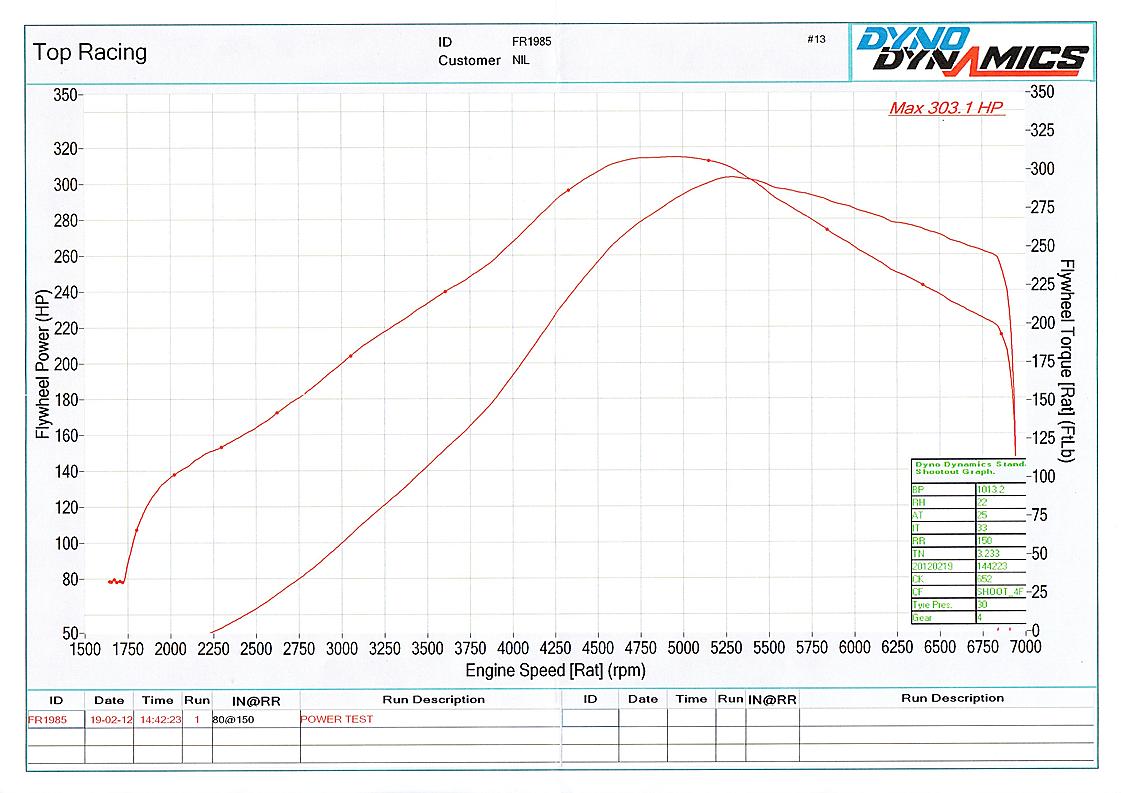play150
Member
True :c After posting that I went to read about why engine torque decreases at higher RPMs and apparently it's because air can't flow in/out of the cylinders efficiently enough. So replace "being able to achieve higher RPMs" with "inability to generate torque at higher RPMs"!This would only be true if the torque from the motor was constant, but you don't shift until the torque to the wheels is the same in the new gear. This is possible because the torque ultimately falls off with higher rpm, so changing to a higher gear allow the engine move back to a lower rpm where is makes more torque.
I suppose the electric motor (not relying on air flowing in/out the cylinders) is one reason why the Plaid can go up to 20k+ RPMs then



